Knowing what speed to play your tracks after mixing them together is a key skill that every beginner needs to learn. Today, founder and tutor DJ Jamie Hartley shows you exactly what you need to know when it comes to the BPMs of your songs!
Changing the speed of a track without affecting the pitch
Have you ever noticed when you change the speed of your track, it also affects the pitch? Speeding up the track will make it play in a higher pitch, sounding more squeaky, especially when sped up dramatically. Likewise, when you slow a track down it sounds much lower and deeper. The reason for this is because when you increase the speed of audio, you’re increasing its frequency which in turn increases its pitch. To avoid this happening when you’re mixing we can use a tool built into all modern-day DJ equipment and software. Pioneer DJ calls it Master Tempo in both their Rekordbox software and DJ hardware, Serato on the other hand call the technology Pitch and Time. Called key lock in Traktor it’s a useful tool and one we recommend using when changing the speed of your tracks.
Mixing two songs at different speeds
When mixing two songs at different speeds we first need to either speed one up or slow the other down to be able to correctly beat match. As a rule of thumb, we generally change the speed of the incoming track. The reason for doing this is that the crowd will already be dancing to the playing track and we don’t want to change their rhythm too much as it can be quite off-putting. However, once we have mixed in the next track, we should always try to return it to its original speed as even with the use of key lock technology, a track played either too fast or slow will sound strange.
When to return to the original speed of a track
If you are playing a song at 128bpm and then you need to mix in a song in at 130bpm before returning to a song back at 128bpm, it may be best to leave the middle song slowed down at 128bpm. However, should that track be any quicker than 130bpm then keeping that track slowed down would sound strange and off-putting to the crowd who may already know the song. If we do want to return to the original speed of the track, it’s best to gradually increase the speed of the song. Try to avoid drastic changes of tempo and aim to adjust the speed in build ups and break downs to avoid vocals and melodies being noticeably affected.
Video Guide
Want to learn more DJ Skills?
Here are some of our best-selling DJ courses…
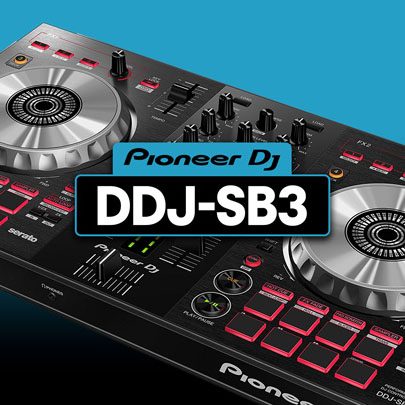
Pioneer DDJ SB3 DJ Course
3.75 hours
28 lessons
Beginner
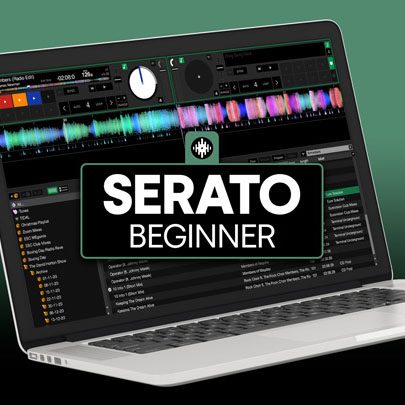
Serato DJ Course
3.5 hours
23 lessons
Beginner
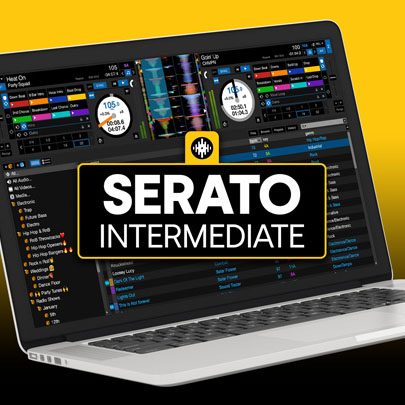
Serato DJ Course
8.5 hours
47 lessons
Intermediate
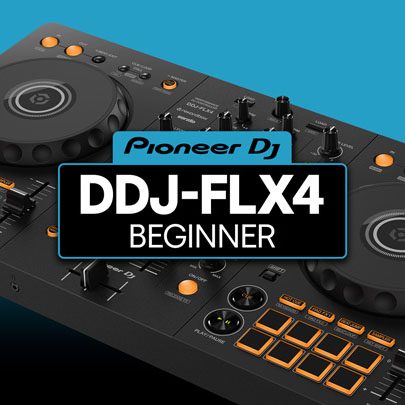
Pioneer DJ DDJ-FLX4 Course
7 hours
41 lessons
Beginner

Complete DJ Package
835 hours
1300+ lessons
Creative
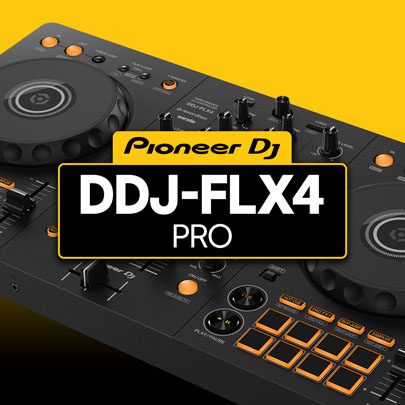
Pioneer DJ DDJ-FLX4 Pro Course
9.5 hours
49 lessons
Intermediate
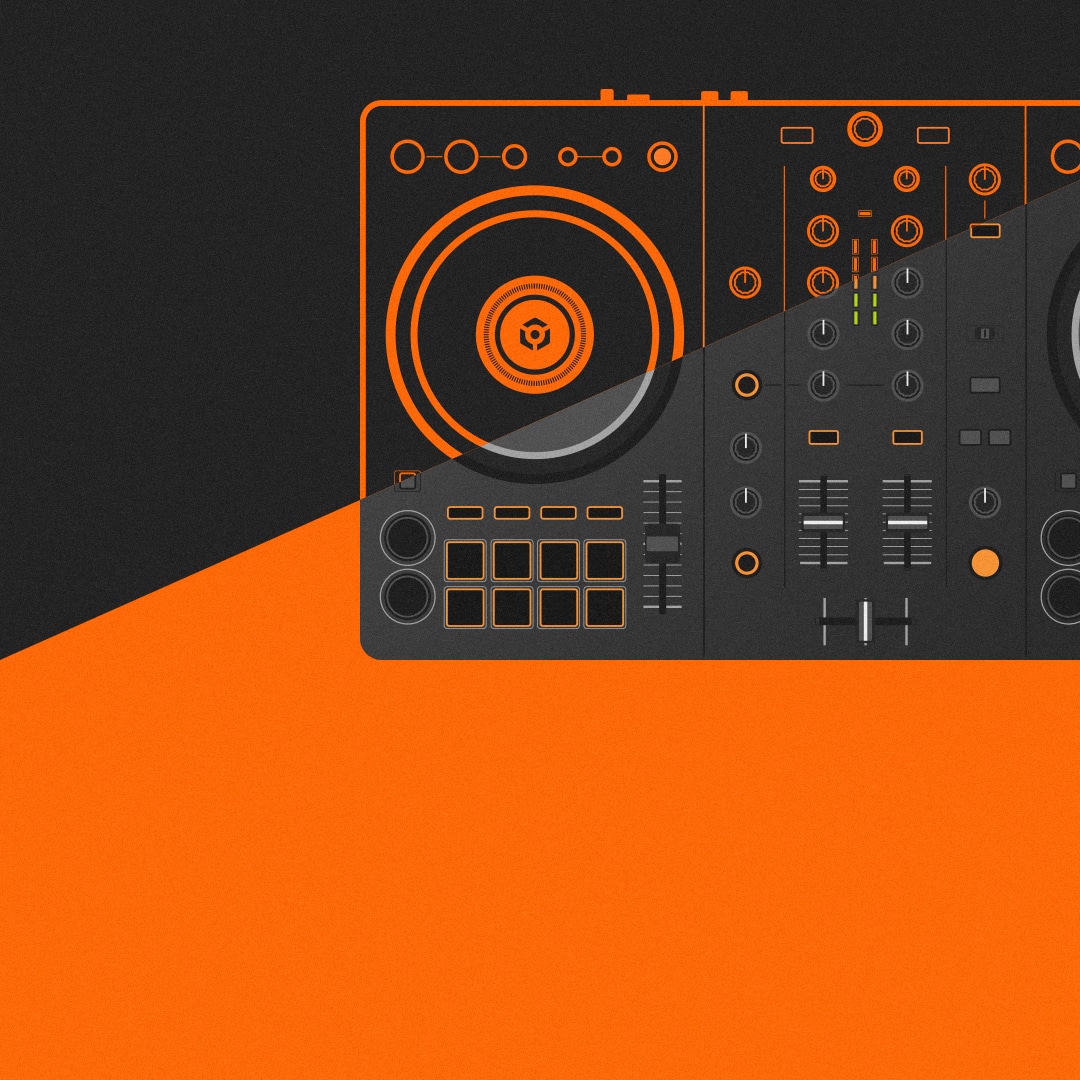
DDJ FLX4 Beginner To Pro Bundle
16.5 hours
90 lessons
Beginner
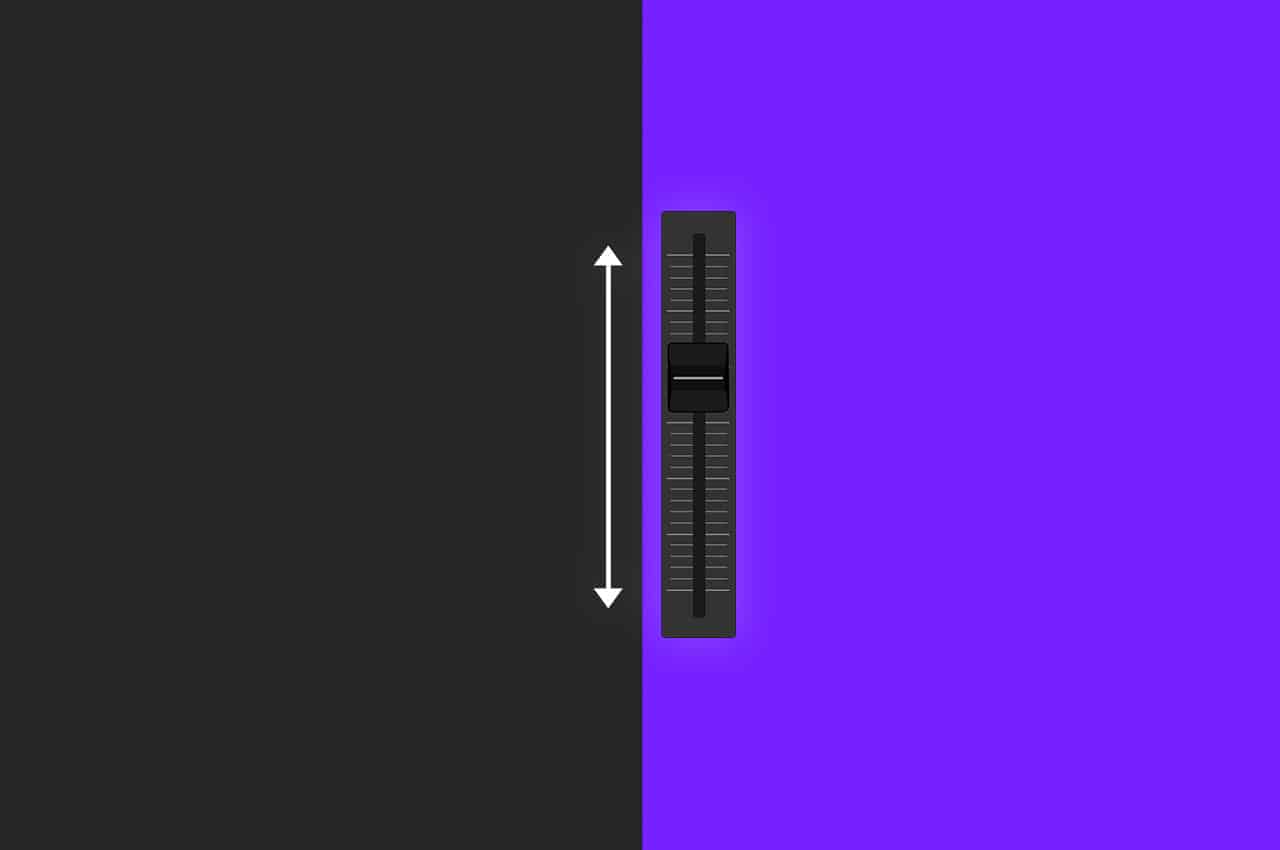
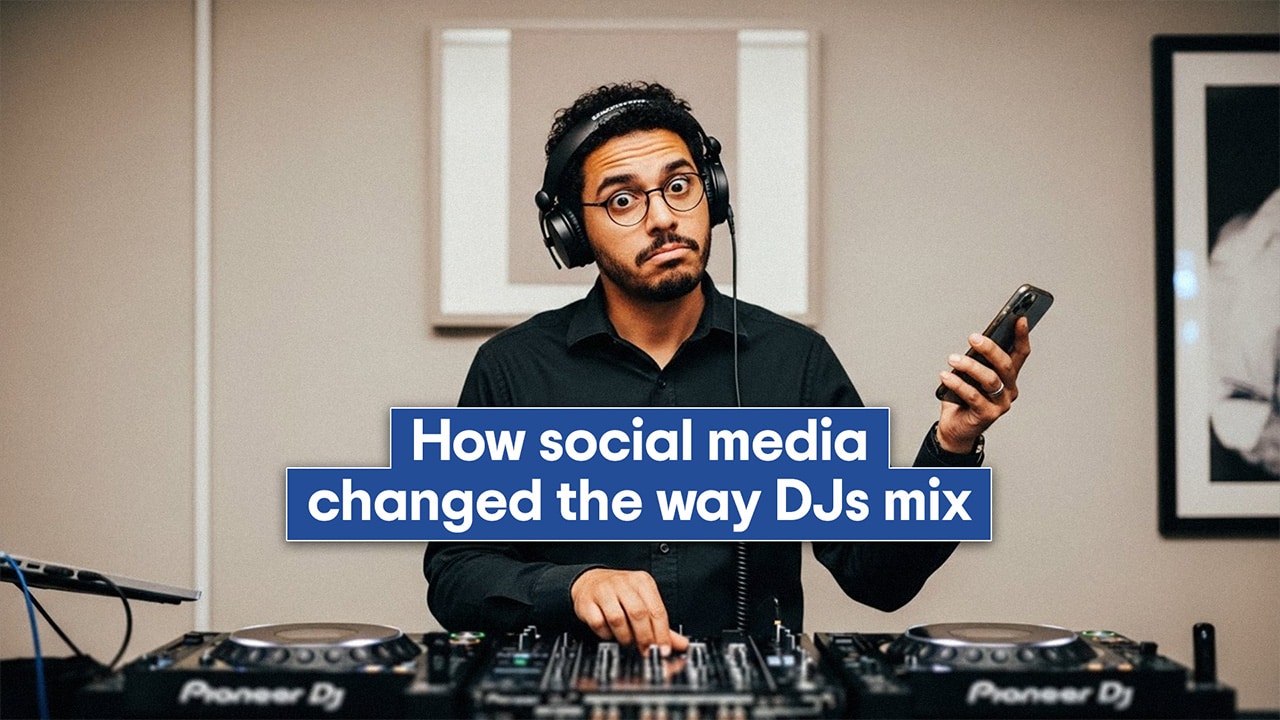
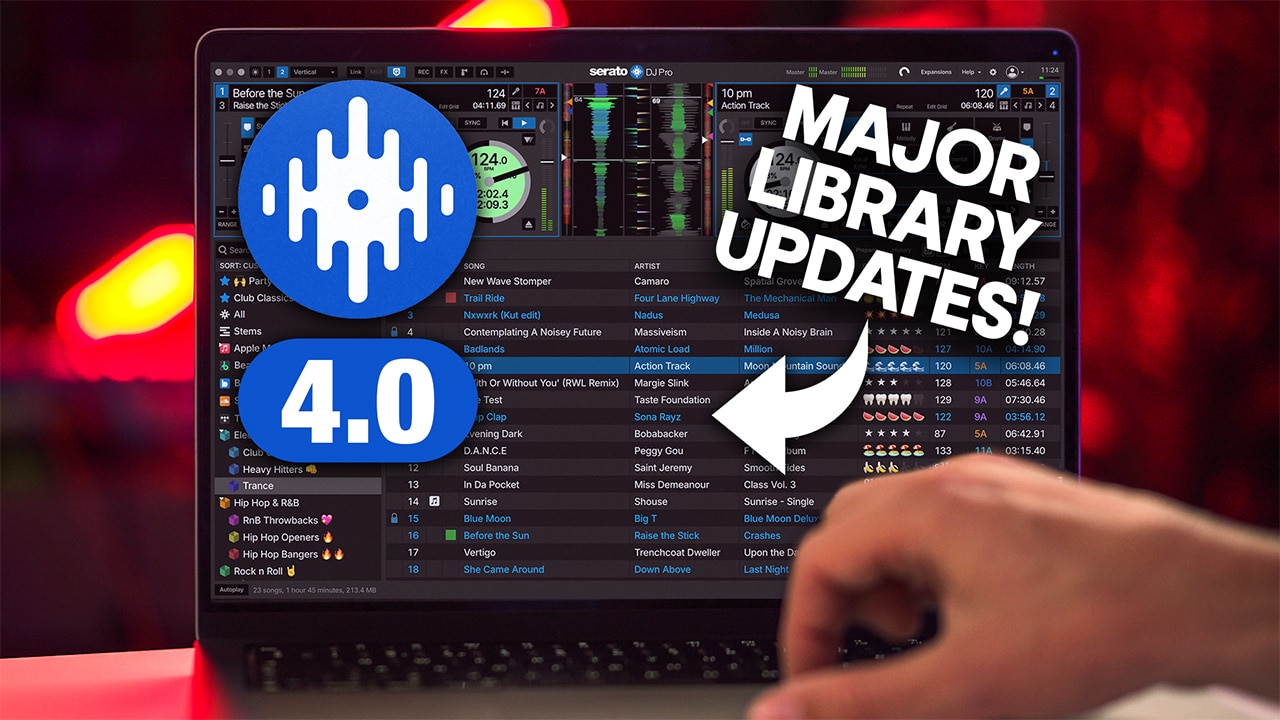
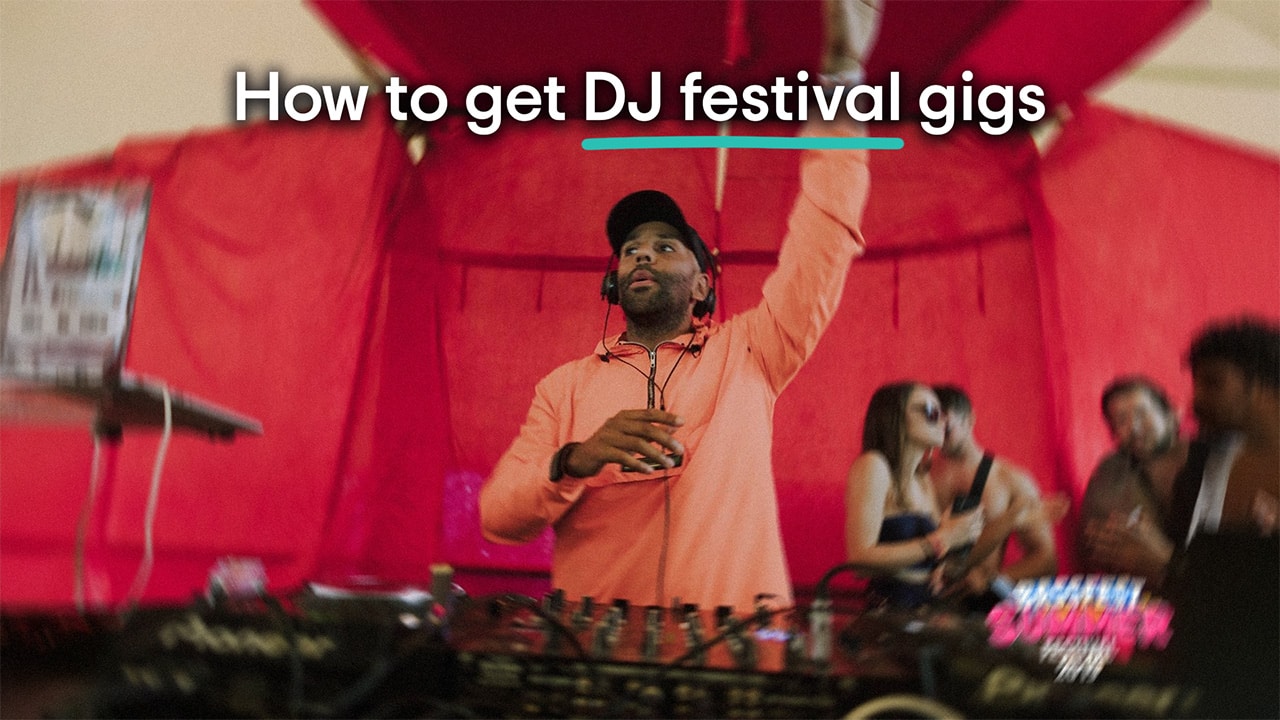
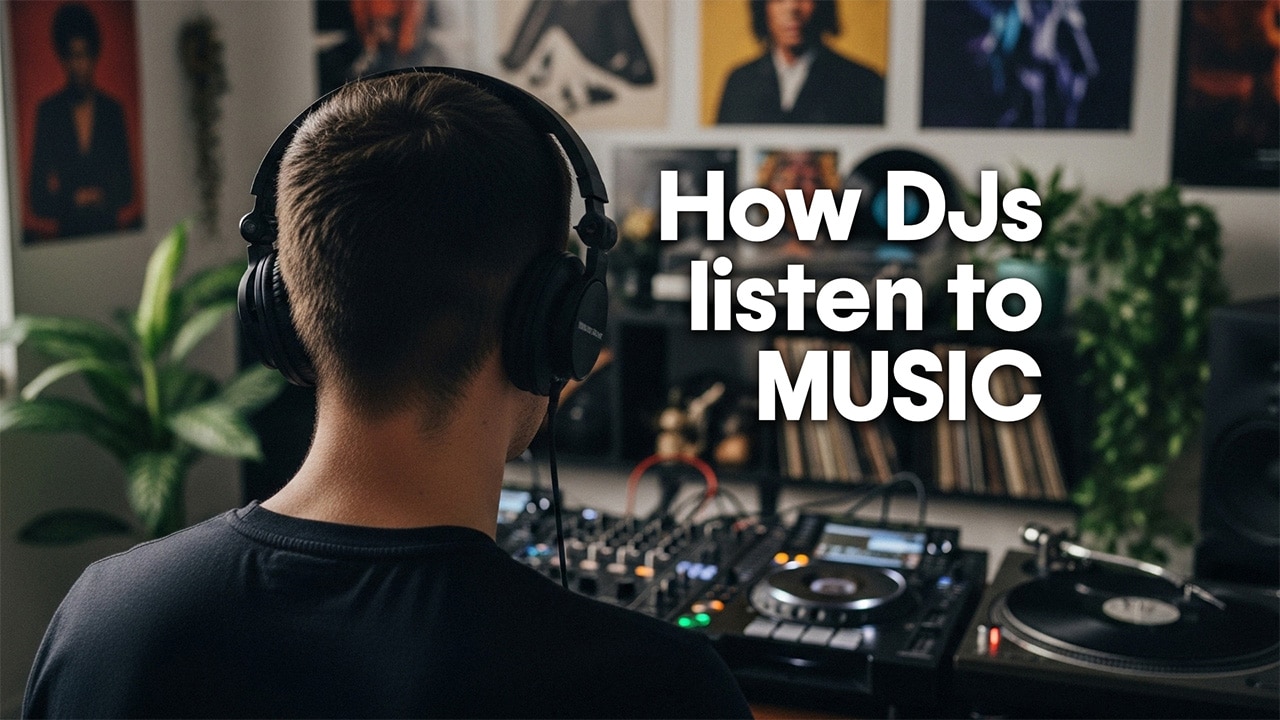
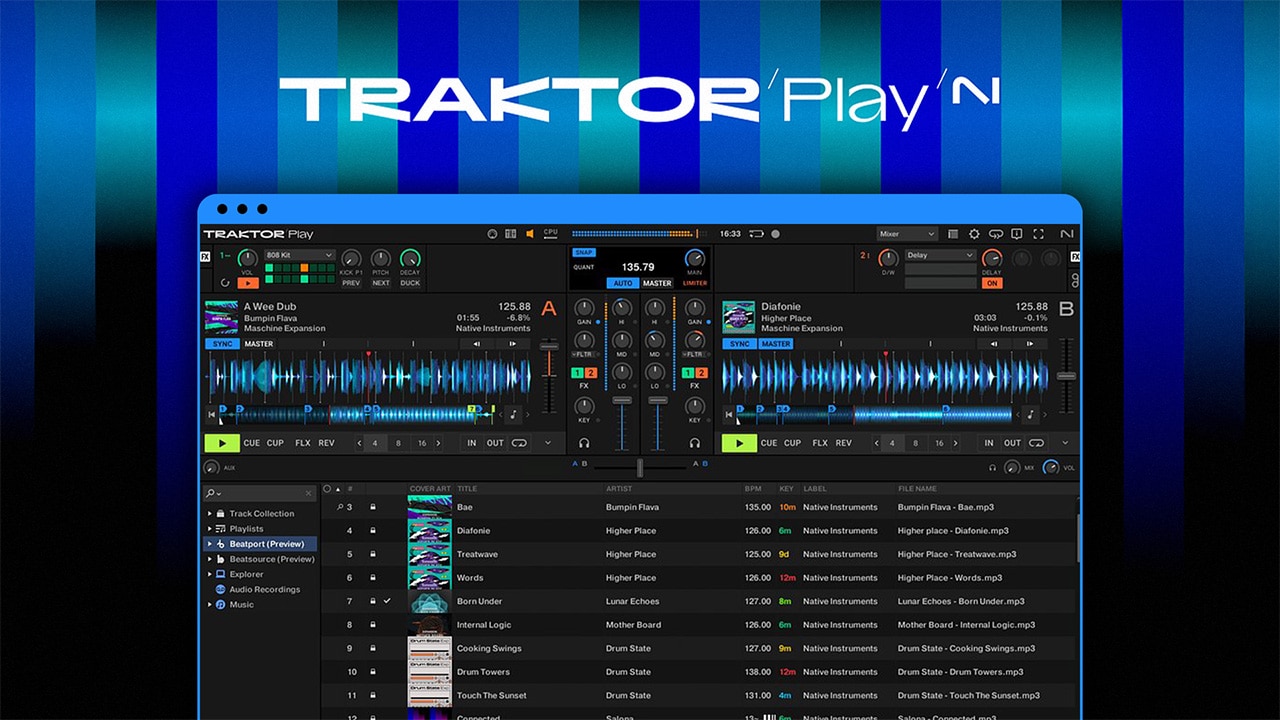
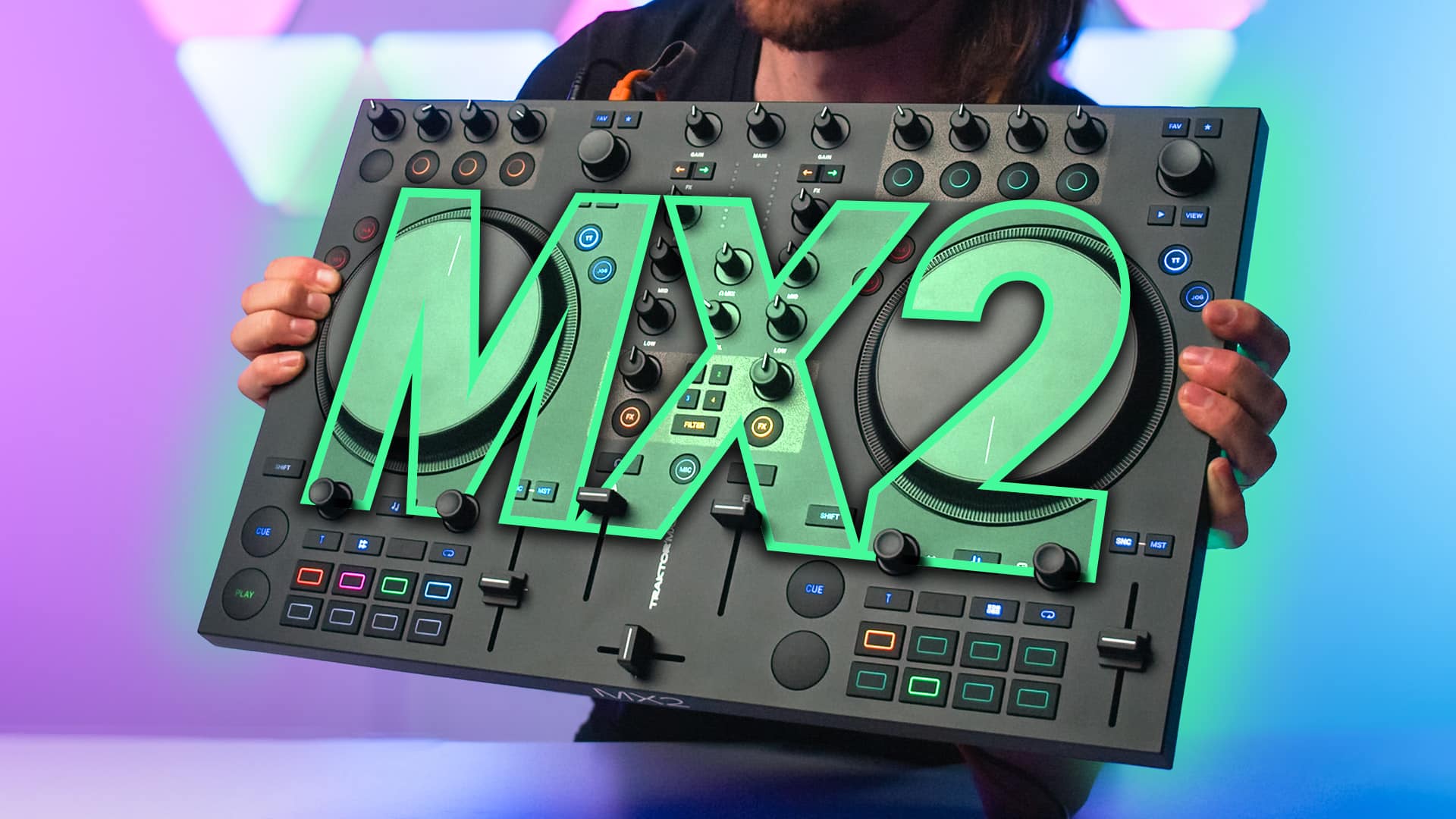
0 Comments